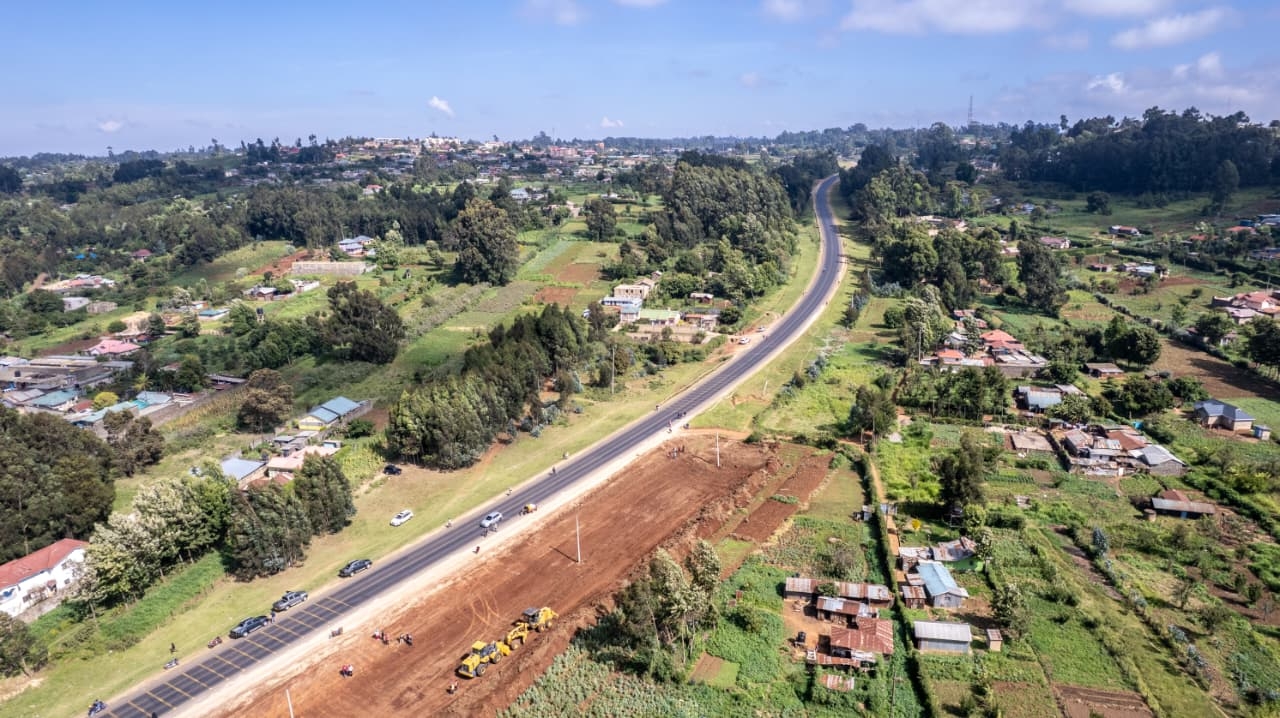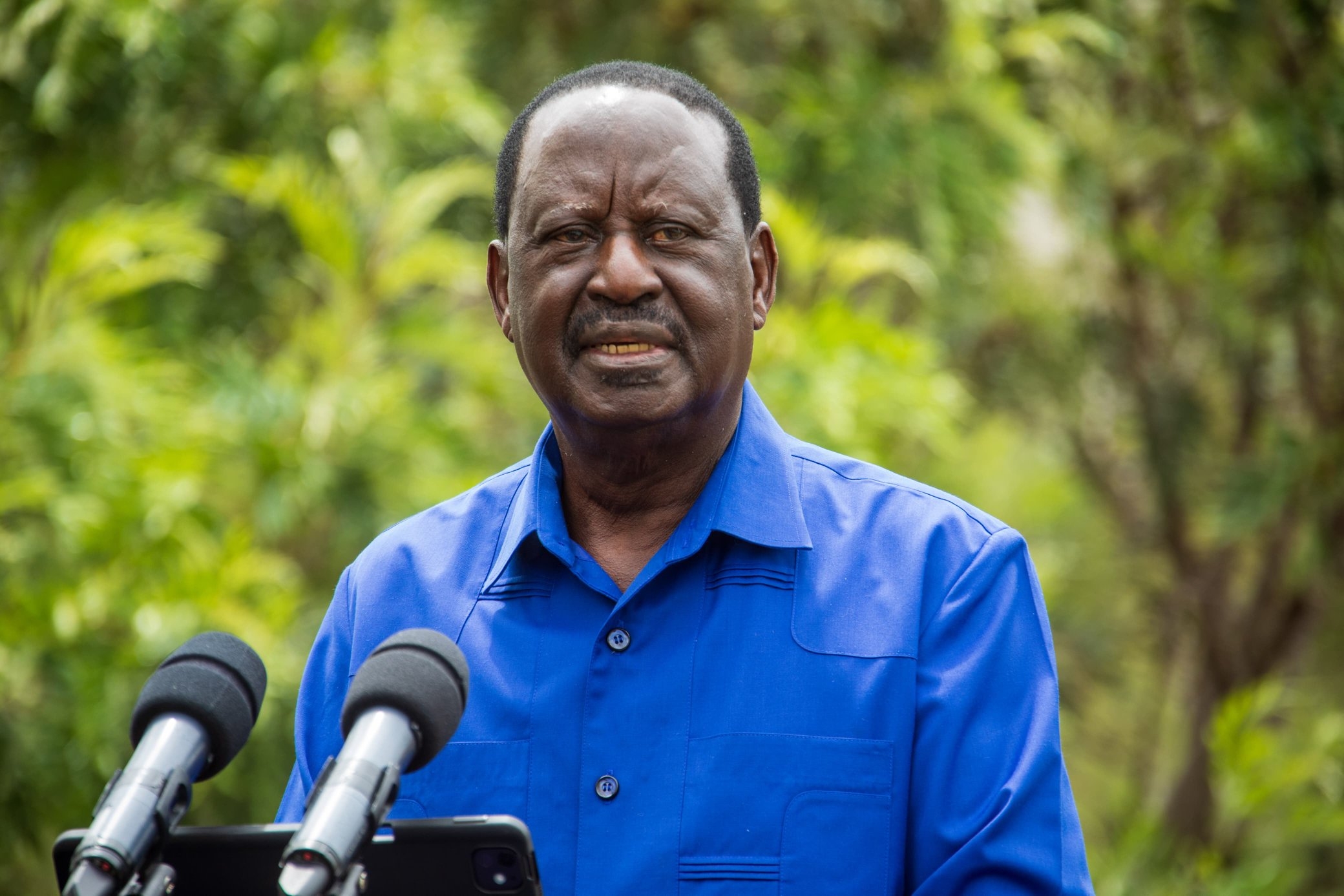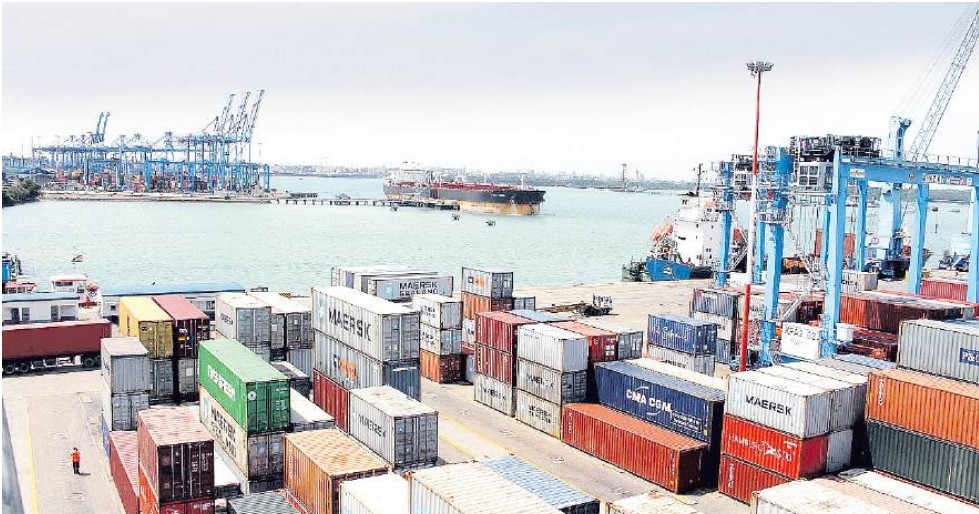Out of one of Africa’s poorest nations comes a story of great environmental hope for our planet.
Results of an aerial survey across South Sudan have just revealed the existence of the largest land mammal migration on Earth – approximately six million antelope that move year-round across one of the last great natural landscapes.
The discovery, announced by our partners in South Sudan’s government in June, is a testament to Africa’s ability to shock and surprise and to its astonishing wealth of wildlife and nature.
While horrific events unfold in the country’s northern neighbour Sudan, where civil conflict rages, few outside the country ever hear much about South Sudan or the fact that confirmation of this incredible phenomenon provides us with hope that all is not lost in our efforts to protect nature.
The Great Nile Migration, as it is being called, involves four species of antelope – white-eared kob, tiang, Mongalla gazelle and Bohor reedbuck – which move seasonally through the year across vast grasslands between South Sudan and into south-western Ethiopia.
The antelope have always been there, but until now nobody knew their numbers were more than double those of the wildebeest that move across Tanzania’s Serengeti, until African Parks, a conservation NGO, and its partners conducted the aerial survey across their range in an area the size of Nebraska (200,358 square kilometres).
The astonishing survey data, which took a year to review and externally validate, marks only the beginning of the work on the migration, because this research has also drawn attention to the immense risks that threaten the local biodiversity.
The Great Nile Migration landscape is home to hundreds of thousands of people from multiple ethnic communities who have relied on the wildlife for their food and livelihoods over countless generations, harvesting venison for their own use and in a way that was in balance with nature.
The landscape supports a rich array of species and the grasslands, forests and wetlands are critical to the health of the river systems that feed the Nile on which tens of millions of people downstream depend.
But there are a number of emerging and significant threats that, if unchecked, will devastate the ecosystem and local economy. These include the clearance of land for agriculture and urban development, together with mining, oil exploration and the construction of roads crossing the heart of the landscape.
Having won independence from Sudan only in 2011, South Sudan is the world’s newest country, one of its poorest and also most fragile, after decades of conflict and chronic instability.
South Sudan still lacks basic infrastructure, health and education services, jobs for its people or sustainable food systems. Yet the urge to modernise – without mechanisms to protect communities, their traditions, their land and rights – threatens both the people of South Sudan and its precious biodiversity.
Illegal hunting on an increasingly industrial scale and controlled by well-armed groups, is extracting antelope meat for markets in South Sudan’s towns and further afield, including exports to neighbouring countries.
This escalation is entirely unsustainable and places the antelope species under greater threat than ever before. The area has already suffered from a precipitous decline in the numbers of certain other wildlife species such as elephant, buffalo and zebra. Within a few years the migration, just as we are able to document it, could also be lost forever.
In 2022, South Sudan entered into a long-term management agreement with African Parks to secure the future of the landscape and its biodiversity. We can only succeed by working with the local communities to align conservation of the environment with the benefits of economic development for the South Sudanese people.
African Parks, which already manages 22 national parks and protected areas in a dozen countries across the continent, will not allow the challenges to deter us.
South Sudan is not about to become Africa’s next tourist hotspot overnight, but with time and investment, well-managed natural spaces will provide stability, employment opportunities, and fresh sources of income. This is not unattainable. Across Africa, we have seen that when conservation is done well, there is a viable win-win in which both people and nature can thrive.
This is African Parks’ proven offering. By working with governments and local communities we are able to protect some of Africa’s most important remaining natural spaces, many of which are in complex and challenging regions.
If we are to save vital ecosystems and species for the future benefit of the earth, it’s our responsibility to protect them, even as fresh natural wonders are documented.
CEO of African Parks












![[PHOTOS] Ruto present as NIS boss Noordin Haji's son weds](/_next/image?url=https%3A%2F%2Fcdn.radioafrica.digital%2Fimage%2F2025%2F11%2Ff8833a6a-7b6b-4e15-b378-8624f16917f0.jpg&w=3840&q=100)




